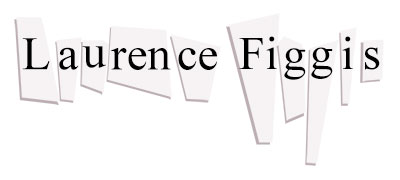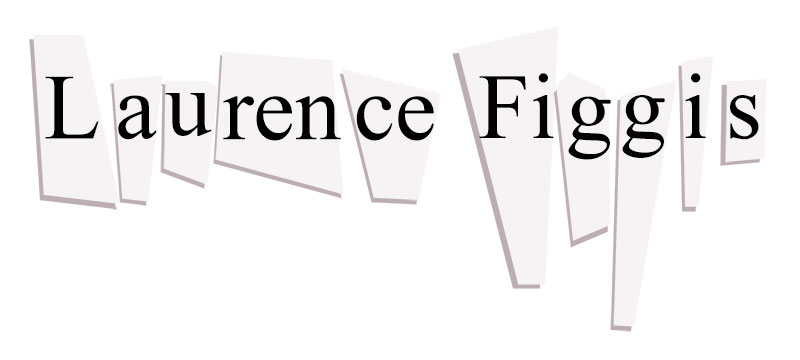By My Voice I Shall Be Known
According to the Hellenic mythology, the Sybil of Cumae attracted the attentions of Apollo a god of various jurisdictions, who offered to grant her anything she desired if only she would sleep with him. Holding up a fistful of sand, she asked for as many years as there were grains of sand running through her fingers. But the deity had the last laugh (as deities usually do). The Sybil of Cumae had failed to ask for eternal youth and was subject to extremes of degeneration in her later life. She eventually subsided into a wrinkled husk contained in a jar, but the Fates allowed her to retain her voice long after her body had disintegrated completely. As MarinaWarner writes, quoting the Sybil:
‘By my voice I shall be known’: that’s no bad epitaph for a storyteller. (Warner, 1994: 11).


